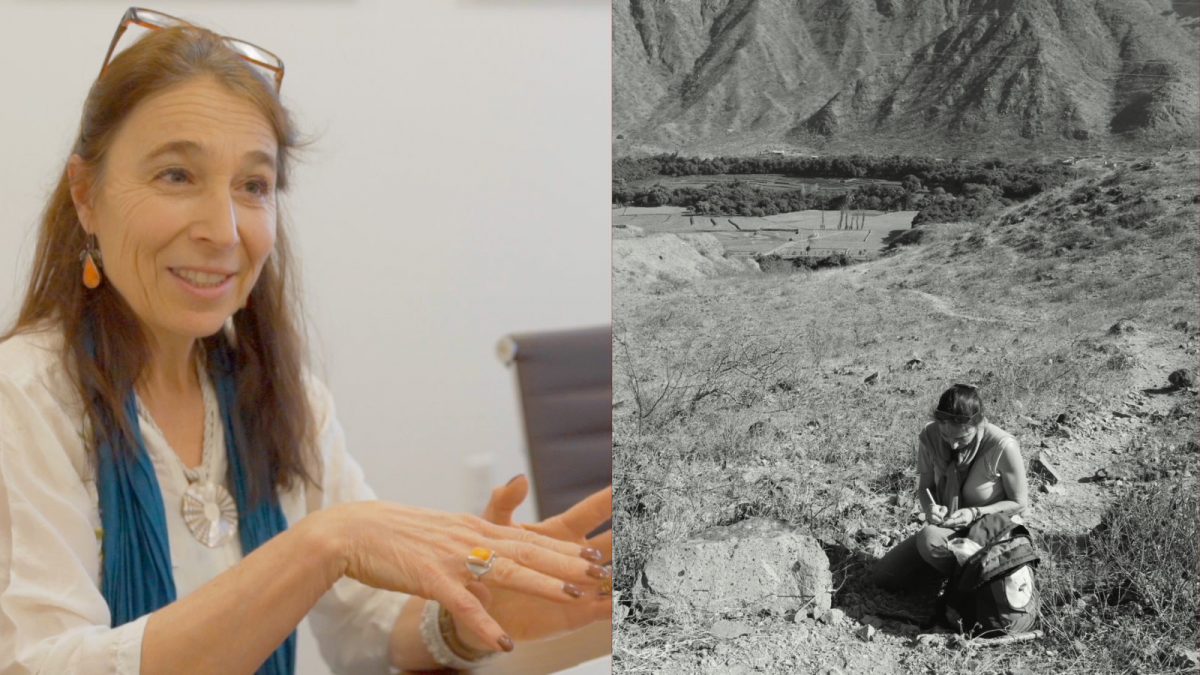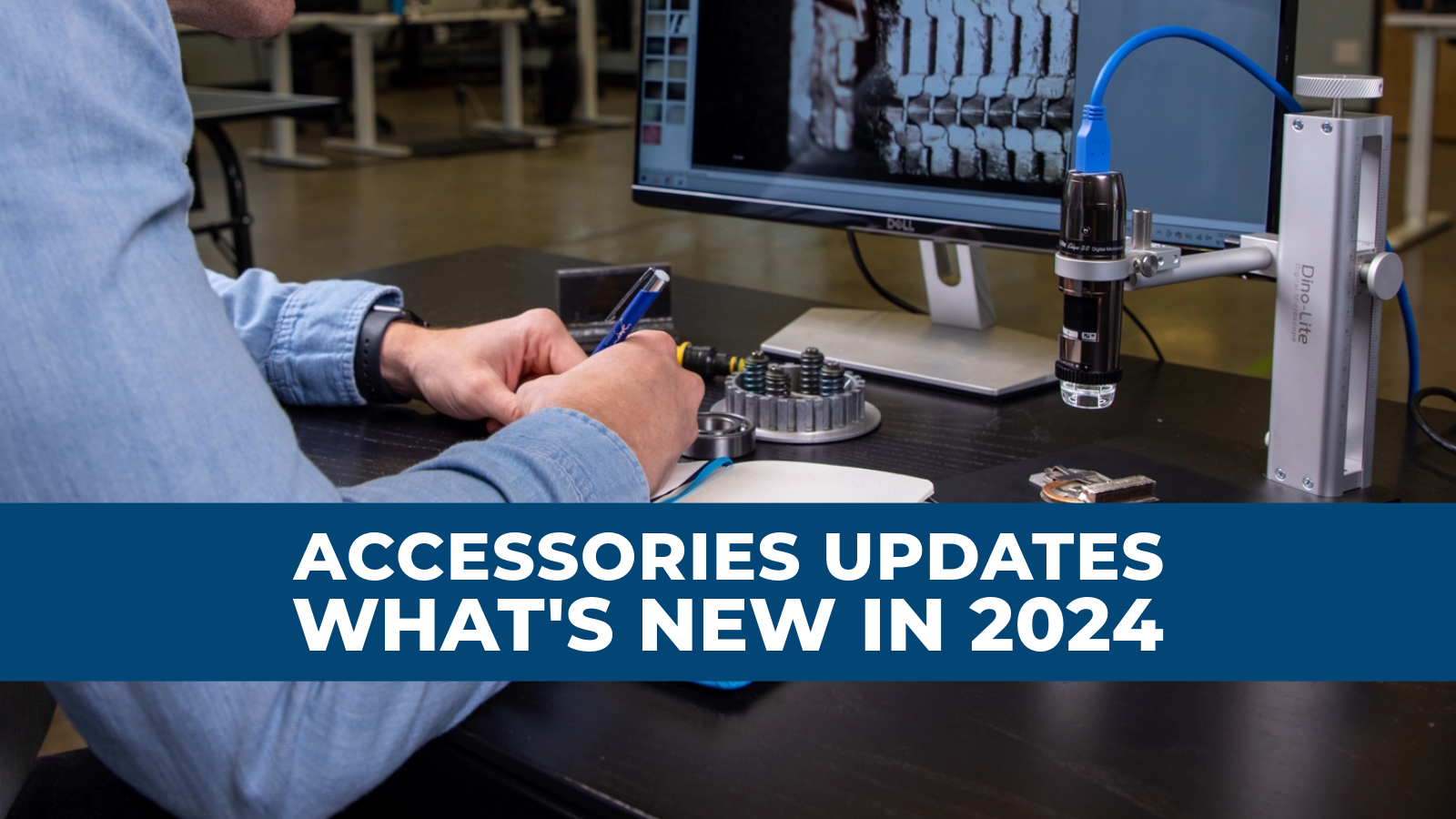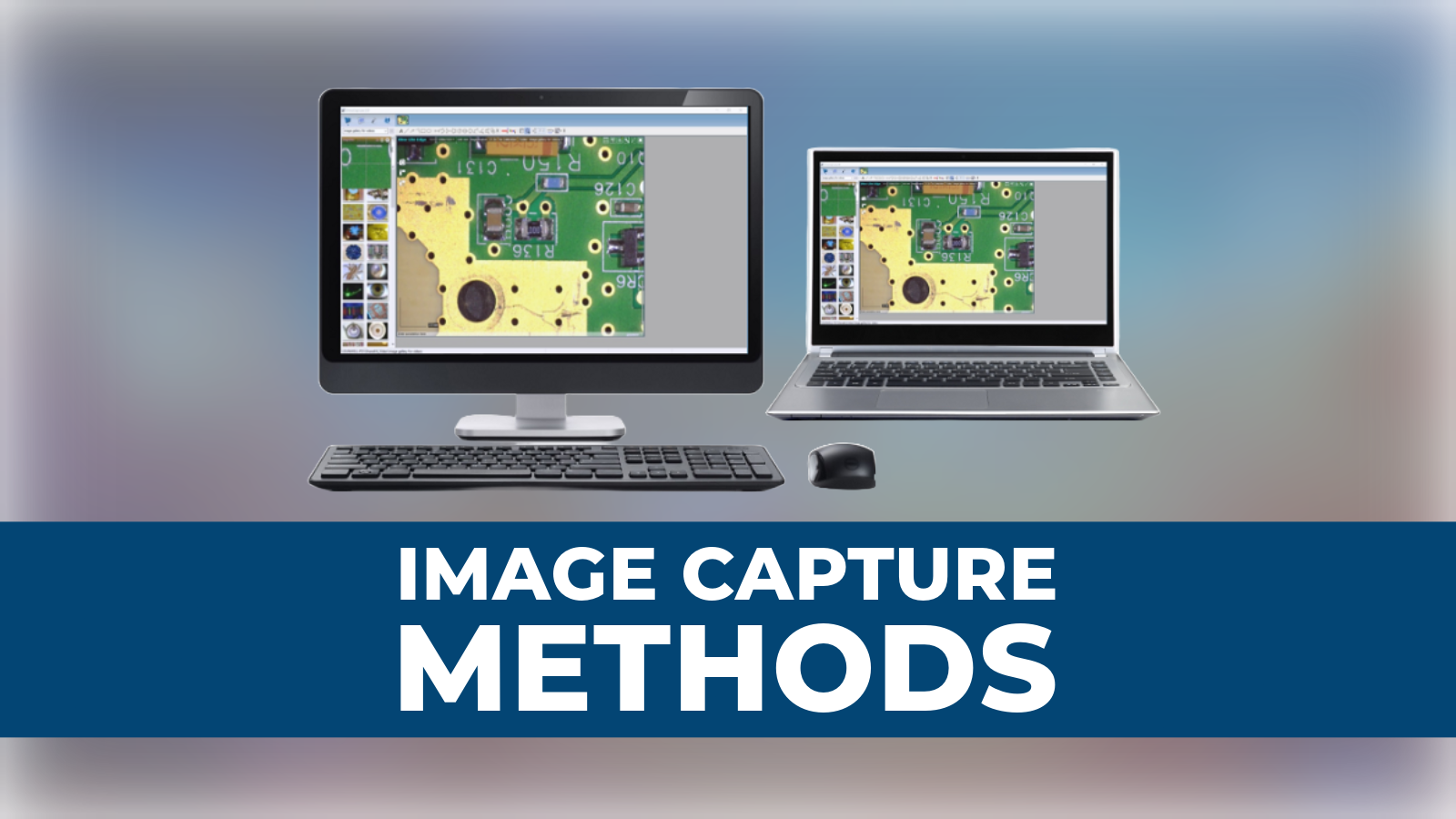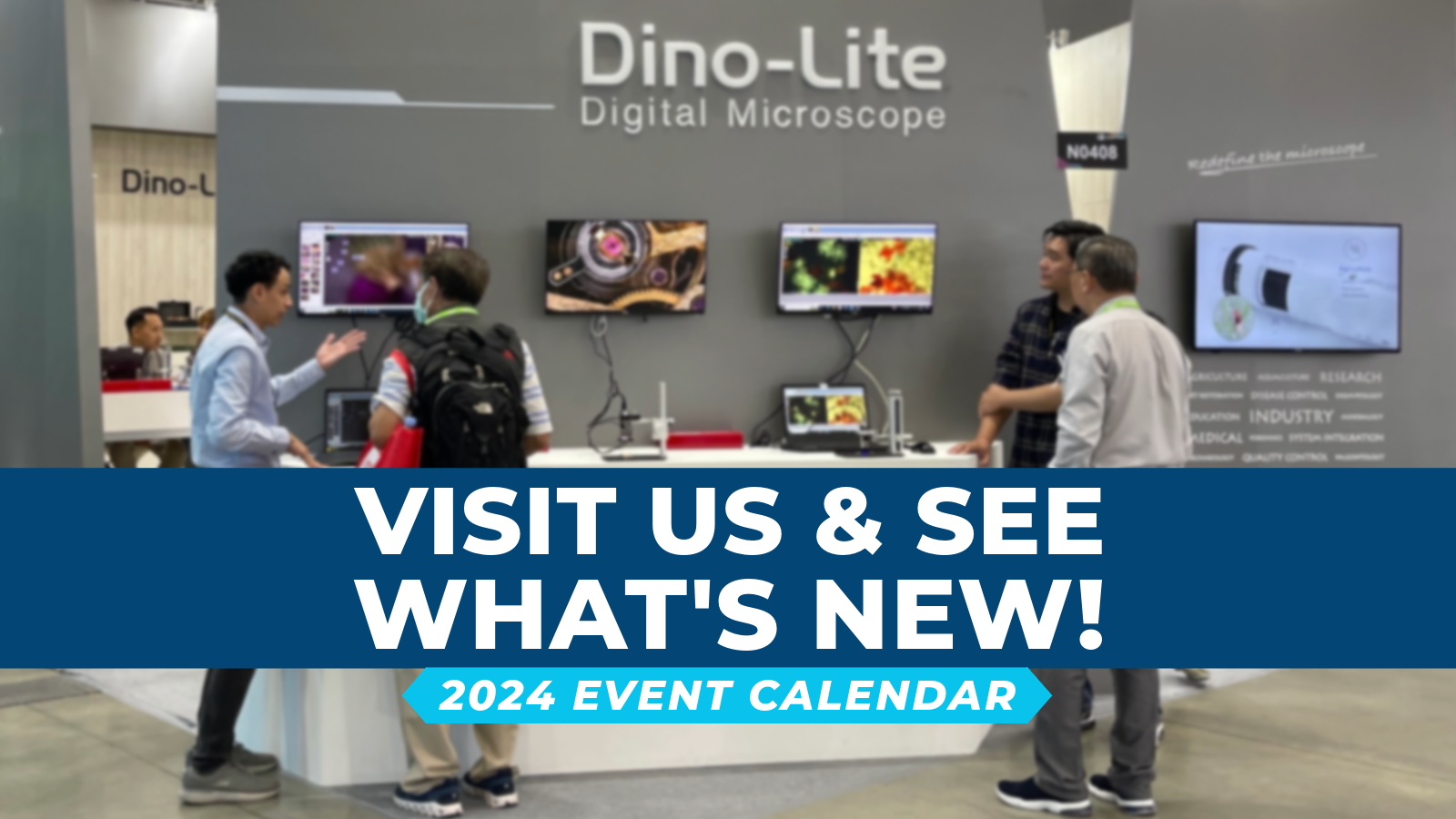Publicación invitada de: Isabelle Druc, PhD
UW-Madison y Museo Field
Dr. Isabelle Druc wrote the book “Portable Digital Microscope: Atlas of Ceramic Pastes – Components, Texture and Technology” and works in ceramic analysis with a specialization in petrography and paste analysis, ethnoarchaeology, ceramic ethnography, and archaeology with a focus in Andean archaeology.
Dr. Druc’s new book is available now, you can comprar a través de este enlace (Amazon)
See more of Dr. Isabelle Druc’s research (Academia.net)
Las imágenes que aparecen a continuación y el texto que las acompaña han sido facilitados por la Dra. Isabelle Druc.
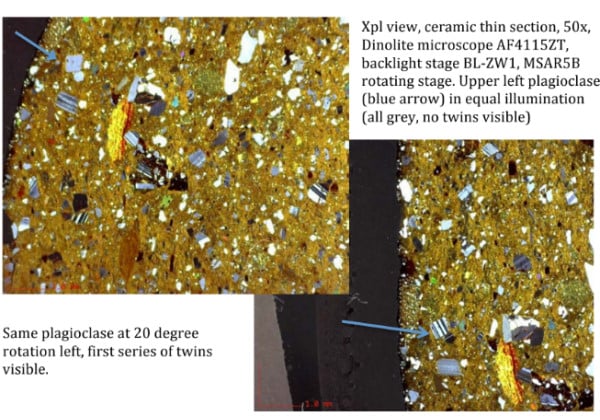
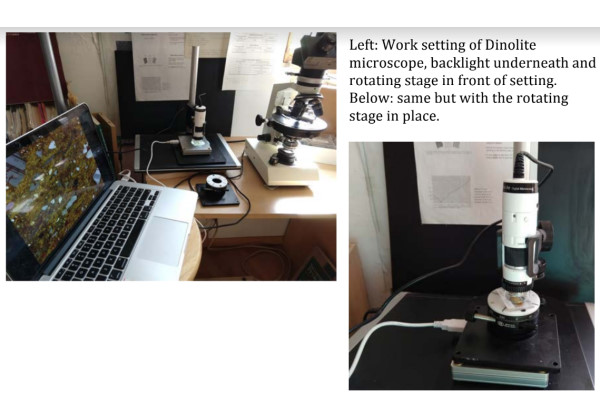
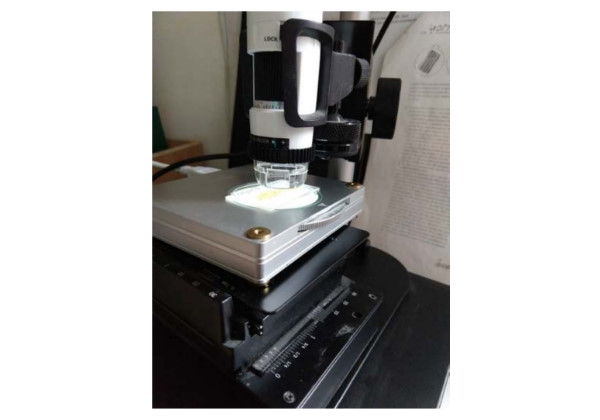
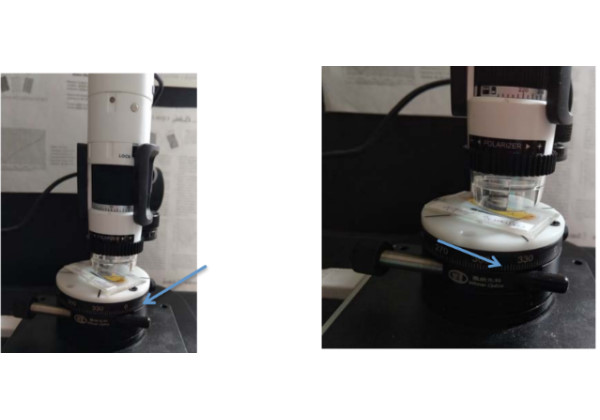
The MSAR5B can be used to measure extinction angles of minerals, like plagioclase’s twins for example, or of amphiboles, when studying rock or ceramic thin sections.
Para ello, y para realizar análisis petrográficos de secciones delgadas de cerámica, utilizo mi microscopio Dino-Lite y un polarizador de platina retroiluminado (BL-ZW1 / BL-ZW2) to work in transmitted light (you need to shut off the light coming from the ‘top’, from the microscope, so as not to be in reflected light mode).
Utilizo mucho esa configuración (microscopio Dino-Lite + platina retroiluminada), ya que trabajo sobre todo con secciones finas. Aunque tengo mi microscopio polarizador de luz transmitida habitual en casa, es muy útil poder tomar fotografías de las secciones finas con un aumento menor que con los objetivos 4x-10x-20x de los microscopios habituales. El menor aumento permite una visión más amplia para captar e ilustrar aspectos tecnológicos de la fabricación de cerámica, como la granulometría y la distribución y orientación de granos y huecos. Cuando viajo o trabajo en el extranjero sobre el terreno o en el laboratorio, me llevo el Dino-Lite, la luz de fondo y un soporte.
Ahora, si usted no tiene acceso a un microscopio regular, y este año pandémico (s) fuertemente limitado el acceso a los laboratorios, y si usted necesita para medir los ángulos de extinción para identificar los tipos de plagioclasa o anfíboles que está tratando, entonces el MSAR5B es útil.
Hay que tener cierta experiencia, pero se adquiere fácilmente con la práctica. El truco consiste en volver a centrar el grano o mineral que se observa, ya que la platina giratoria no está realmente centrada y el campo se desplaza.
Work at low mag (50x for ex) and keep your eye on the plagioclase (or other mineral) you are measuring the angle of. It will move when you rotate the platform x degrees, but should still be in your field of view. You can also move the platform at the same time you rotate it to keep the crystal at the center, in particular when working at high mag (e.g. 200x with your Dino-Lite microscope) as the mineral will get out of sight fast. If you know your plagioclase angles (e.g. those with small angles vs large angles) you can guesstimate the type of plagioclase by simply rotating the wheel of the backlight stage that allows you to slowly move from plain polarize to cross polarize light (which allows you to see crystal extinction but not to measure the exact angle).There is also a multifunctional XY movement platform (MS15X-S2) that you can use along with the Dino-Lite scope to move your sample or thin section along a X or Y line, without jerking it.
It could be used for point counting analysis or other precise work. It works better when just using a Dino-Lite in reflective light, looking at a sample but not a thin section, because your ‘structure’ is less bulky and the stage moves easily along the X or Y axis. But it can work.
